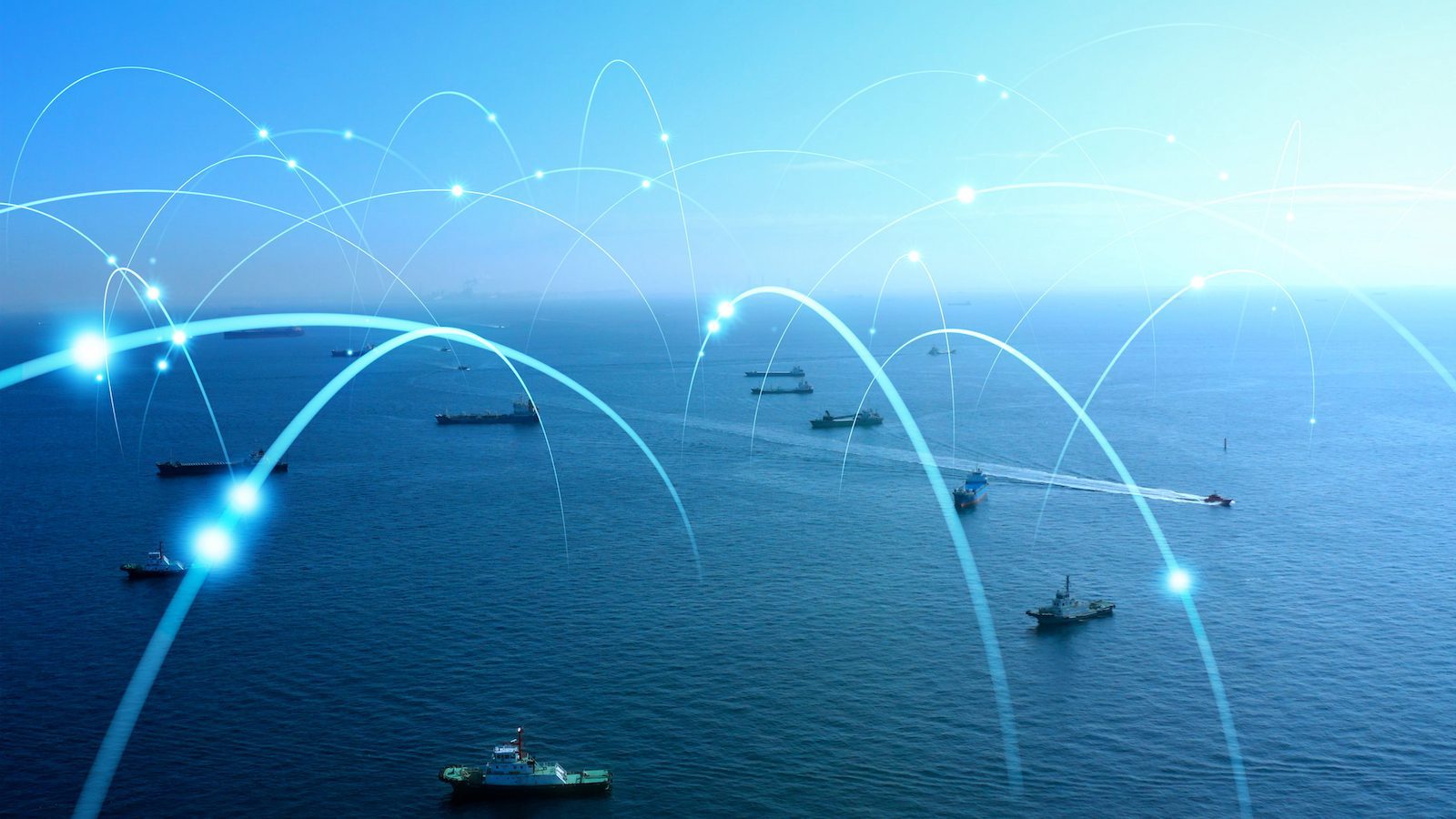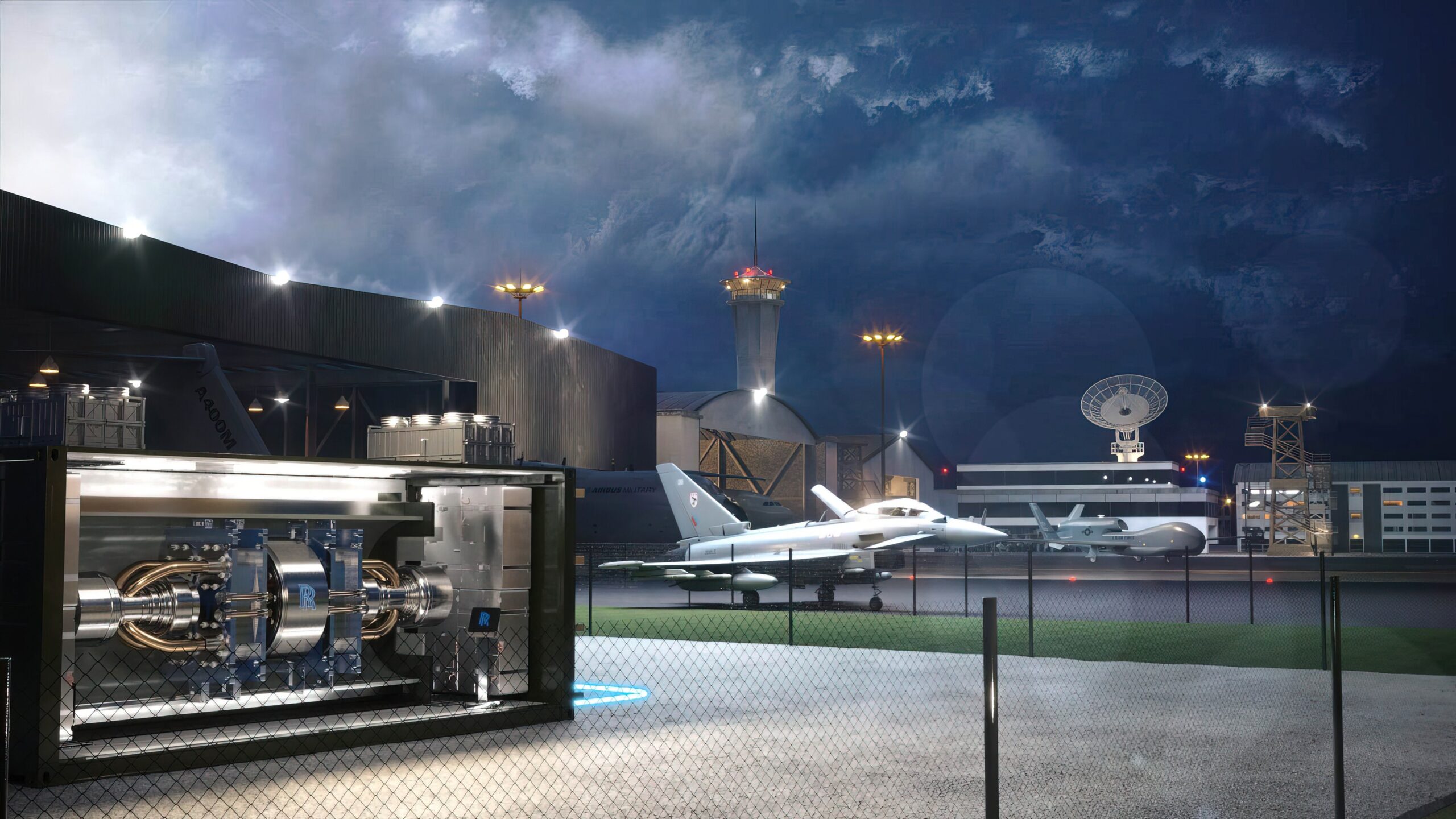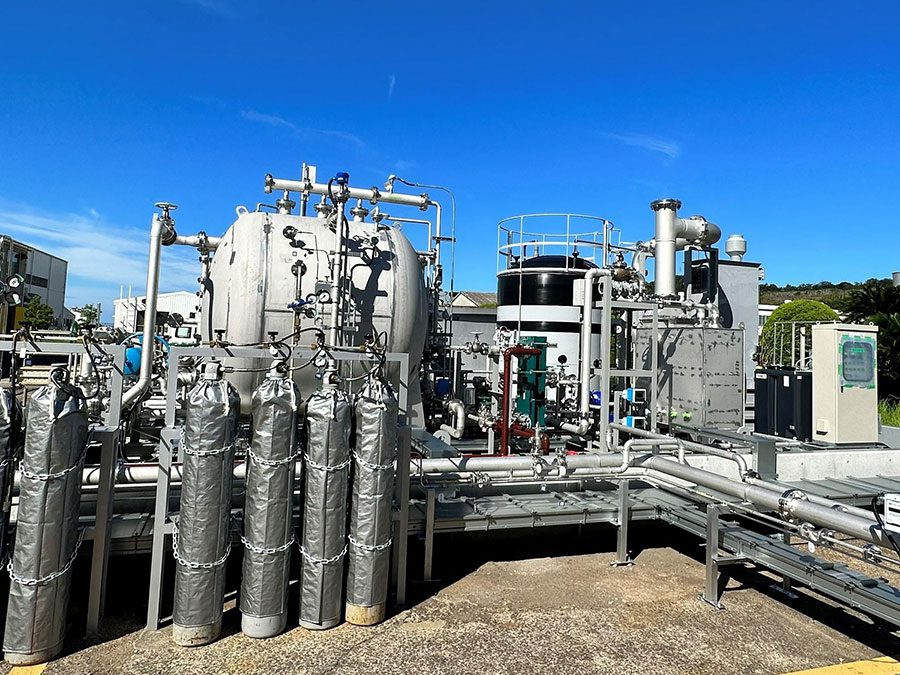by John Konrad (gCaptain) Nuclear propulsion aboard commercial maritime vessels may sound like a science fiction scenario, but this is precisely the subject of a new study conducted by the American Bureau of Shipping (ABS) and Herbert Engineering (HEC).
ABS and HEC began this exploration as a simple question: ‘what if advanced modern reactor technology could be adapted for commercial marine propulsion?’ It’s the kind of ambitious hypothesis that inspires innovation and ignites change.
“A net-zero world is more easily realized through nuclear propulsion, and we are putting in place the foundations for that future today,” says Christopher J. Wiernicki, ABS Chairman. “We are putting in place the foundations for that future today.”
The study, an intricate interplay of theory and simulation, sought wisdom from leading nuclear reactor developers. For a 14k TEU container carrier, a pair of lead-cooled, 30MW fast reactors were envisioned. What might that change? The prediction was intriguing. The cargo capacity and operational speed would likely go up, while the need for refueling would simply evaporate across the vessel’s entire 25-year lifespan.
When a similar thought experiment was conducted with a 157k DWT Suezmax tanker, the results were equally unexpected. The addition of four 5MW heat-pipe microreactors might nudge down the cargo capacity but would give a shot in the arm to operational speeds. And refueling? Just once in 25 years. Remarkably, both vessels would report a net carbon emission of zero.
The potential is grand but ABS has no intention of cutting corners on safety. “It is critical that industry evaluate these technologies with a laser focus on safety,” says Wiernicki.
Echoing his sentiments, Robert Tagg, Senior Principal Naval Architect at HEC, highlights how this study aids in understanding the promise and the particulars of modern reactor technology.
ABS is now at the helm of this potential revolutio, steering the future alonside the U.S. Department of Energy (DOE) which is assigning it two crucial research tasks: probing the roadblocks to the adoption of advanced nuclear propulsion and aiding the University of Texas in the thermal-electric integration of a nuclear propulsion system on a commercial vessel.
Not The First Step
This might sound like ABS’s first steps to a nuclear future but it’s not. ABS worked on the design of the first nuclear cargo ship, N.S. SAVANNAH, in the 1950’s and has worked on countless nuclear projects for the US Navy since. More recently Wiernicki has been slowly ramping up ABS’s comittment to new nuclear technology and partnerships for years. In 2020 ABS completed a new technology qualification of a Compact Molten Salt Reactor (CMSR) developed by Danish company Seaborg Technologies. The concept was found to satisfy the Feasibility Stage, the first milestone in the ABS New Technology Qualification (NTQ) process.
The Compact Molten Salt Reactor (CMSR) is a transformative technology capable of functioning with both fossil fuels and renewable energy sources, generating substantial low-carbon energy. Its uniqueness lies in its use of a novel liquid salt as a neutron moderator, acting as a catalyst to enhance fission chain reaction efficiency, thereby reducing energy generation costs and size. Importantly, this moderator withstands neutron irradiation, a hurdle that had previously impeded commercialization. The liquid salt can be reprocessed to separate uranium and plutonium for fuel reuse, yielding waste that only requires 300 years of storage, in contrast to the 300,000 years required for long-lived nuclear waste.
Seaborg’s CMSR design is intended to be installed on power barges to provide electric power for the production of low-carbon ship fuels like ammonia and hydrogen. The first power barges envisioned by ABS, which are expected to enter service in the early 2030’s, will have two reactors installed delivering 2x100MWe for the 24-year lifetime of the reactor
Conclusion
The HEC study and CMSR development work is not a finale but an overture; it presents a view of a future where the maritime industry reduces its carbon footprint with both shipboard reactors that provide direct propulsion and near-shore reactors that can energize hydrogen fuel production. However, this utopian vision will not materialize without funding and support from all corners of the maritime industry.
This is the tipping point where imagination meets science, where the audacious question ‘What if?’ begins to morph into ‘Why not?’ and then finally into ‘How?’. We hope ABS not only continues this research but doubles down on investment in a safe nuclear future.

 Join The Club
Join The Club











